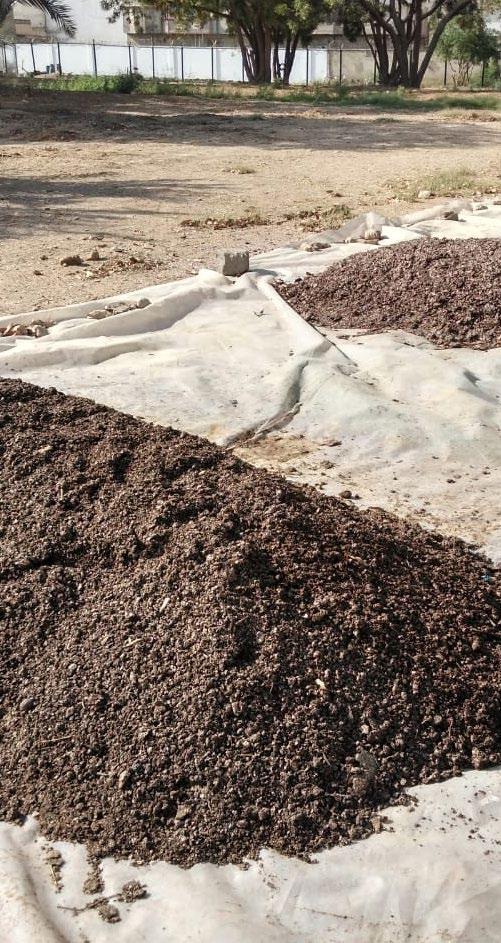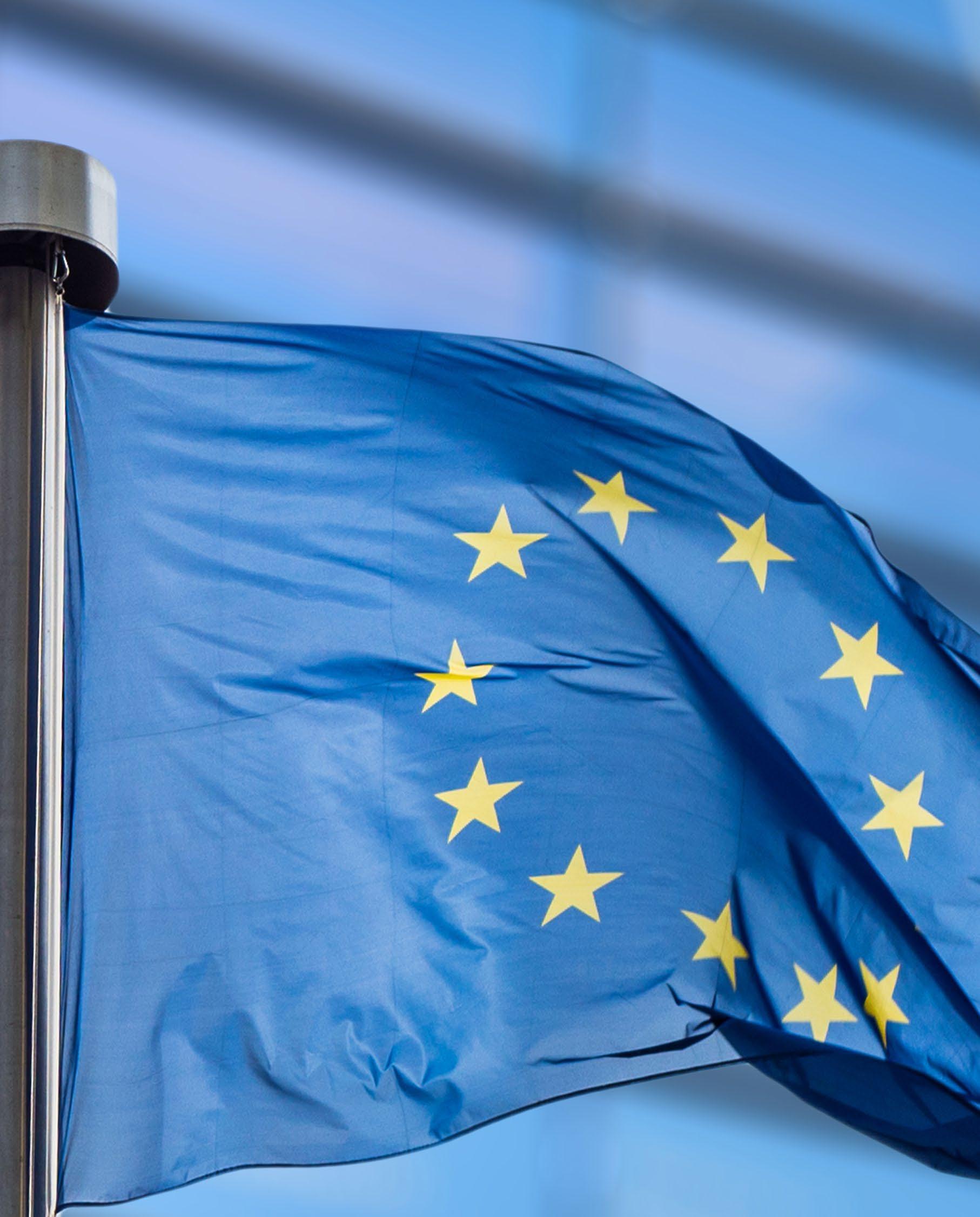
9 minute read
4.2. Case studies
European Central Bank
In 2012, the European Central Bank (ECB) started collecting environmental data from accredited manufacturers of banknote substrate, components and printers. In 2004 the ECB had carried out a Life Cycle Assessment of banknotes and it used this to inform itself about the data to collect. One element of the data collection was the information on waste generated during the production processes and the different categories of waste disposal methods. In 2015, the ECB included unfit banknote waste disposal from cash centres in its data collection. It found that how the unfit banknote waste was disposed of in different methods depended on the circumstances of the countries of the different euro area National Central Banks (NCBs) and their issue department. The European Union (EU) policies relating to the environment have played a part in driving the ECBs interest and activity in the area. The EU Waste Directive14[1] was the primary focus, but over the years the EU programmes on a ‘Green Deal’ and a ‘Toxic Free Environment’ were also drivers. With this in mind, the ECB decided to take steps to stop Eurosystem banknote waste being disposed of in landfill. From 2023 onwards, NCBs are expected to not dispose of unfit banknotes in landfill. In reality the situation is more complicated than that. A number of countries have geographic challenges, the most obvious example being where countries have many island communities. Shipping waste to appropriate disposal facilities can conceivably have a greater environmental impact than using local landfill. Recognising such a reality, the NCBs need to justify its limited use and explain their future plans. The terminology the ECB uses around the burning of banknotes differentiates between burning with and without energy recovery. Without energy recovery is defined as ‘combustion’ and burning with energy recovery as ‘incineration’. In the context of its environmental impact studies on the end of life stage (waste disposal), one ECB area of interest is in the topic of recycling and the definitions connected with it. The ECB is endeavouring to identify environmentally friendly alternative waste disposal methods, especially recycling. Virtually all euro area NCBs are now using waste to energy by incineration to dispose of their banknotes.
Advertisement
14 [1] Waste Framework Directive (2008/98/EC) — European Environment Agency (europa.eu)
4
The US has 28 cash offices which dispose of shredded unfit cotton banknote waste. The volumes involved are large, although they vary across the individual offices. Each office has autonomy about how they dispose of the waste. FedCash shares information across the offices about what different offices are doing.
2017 2018 2019 2020 2021
4,994 5,287 5,656 2,242 1,460
Volume in tonnes. Only two offices still send banknote waste to landfill but 98% of waste is disposed of in different ways.
Disposal route Percentage
Insulation and road surfaces
Eco-friendly power generation
Compost for potting soil and fertiliser
15% 42% 42%
Colombia: BioBanknote®
A Colombian company, BioBanknote, has developed a composting solution for paper banknotes. It has worked closely with the Central Bank of Colombia and is conducting trials in 2023 with the central banks of Argentina and Peru. It has also worked with two other central banks in Latin America. Shredded banknote paper is added to pools of water along with mixed organic materials such as food leftovers, grass cuttings and plant waste. These pools are large, 90m long. The mixture progresses through three pools over three weeks, allowing the material to decompose and form a compost. Enzymes and microorganisms are used to control the gas emissions that occur. After three weeks the liquid is filtered to remove any plastics in the pools. From the banknote waste security threads, applied foils15 and security fibres16 have plastic content. For the other waste, eg. food waste, there may be plastic wrapping material. Regulations in Colombia allow 1% of the content to be plastic but, the filter reduces this to 0.1%. The resulting mixture meets Colombia’s high regulatory requirements to the extent that it can be used as compost to grow trees and for growing food. In Colombia’s case the central bank prefers to use it to grow trees as part of its goal of being carbon neutral in 2023. The compost, called Biofort in Colombia, is used for germination, planting and feeding new trees. About 300g of material are added to each plant. The central bank is looking to plant 30,000 trees. Colombia issues about 1,100 tonnes of banknotes each year and needs to destroy about 500 tonnes of unfit banknotes. The central bank has six sites where banknotes are shredded. In Bogota, where over half of the total waste is created, the central bank pays for the waste to be composted, including the cost of delivering it to the firm. The other sites used the shredded banknotes to make cement. The central bank is very satisfied with the composting approach and is looking to be more active on sustainability. The composting plant that processes the central bank’s banknotes produces about 15,000 tonnes of compost a year from all sources. For countries that produce fewer notes there is an option to use a ‘Bioreacter’, a smaller unit and simpler self-contained unit about the size of a 20-foot container processing batches of about 100kg of material. BioBanknote make the point that before implementation of their system it will be necessary to carry out laboratory tests and field trials both to be confident that it meets local statutory requirements and to establish the optimal conditions of the mixture. This is because those optimal conditions to achieve the best possible fertiliser will depend both on the characteristics of the waste with which the residues of the banknotes will be mixed.
15 This only applies to laminates (with window), with transfer films from which the carrier film is removed after application. 16 Plastic-free alternatives made from paper are available.
4
BioBanknote has invented a product specifically to help newly planted trees thrive. Although still based on composting, this product would work well in countries which do not have the infrastructure needed for food grade compost production. The product, called Biobank Mulch, is a circular flat ‘donut’ designed to go around the base of a newly planted sapling. It suppresses weeds, provides protection against humidity and contains nutrients to see the tree through its first two years of life. Biobank Mulch improves soil quality because it allows useful fungus, bacteria and insects to thrive. While it is relatively easy to plant new trees, maintaining them and allowing them to thrive is harder. This offers a solution.
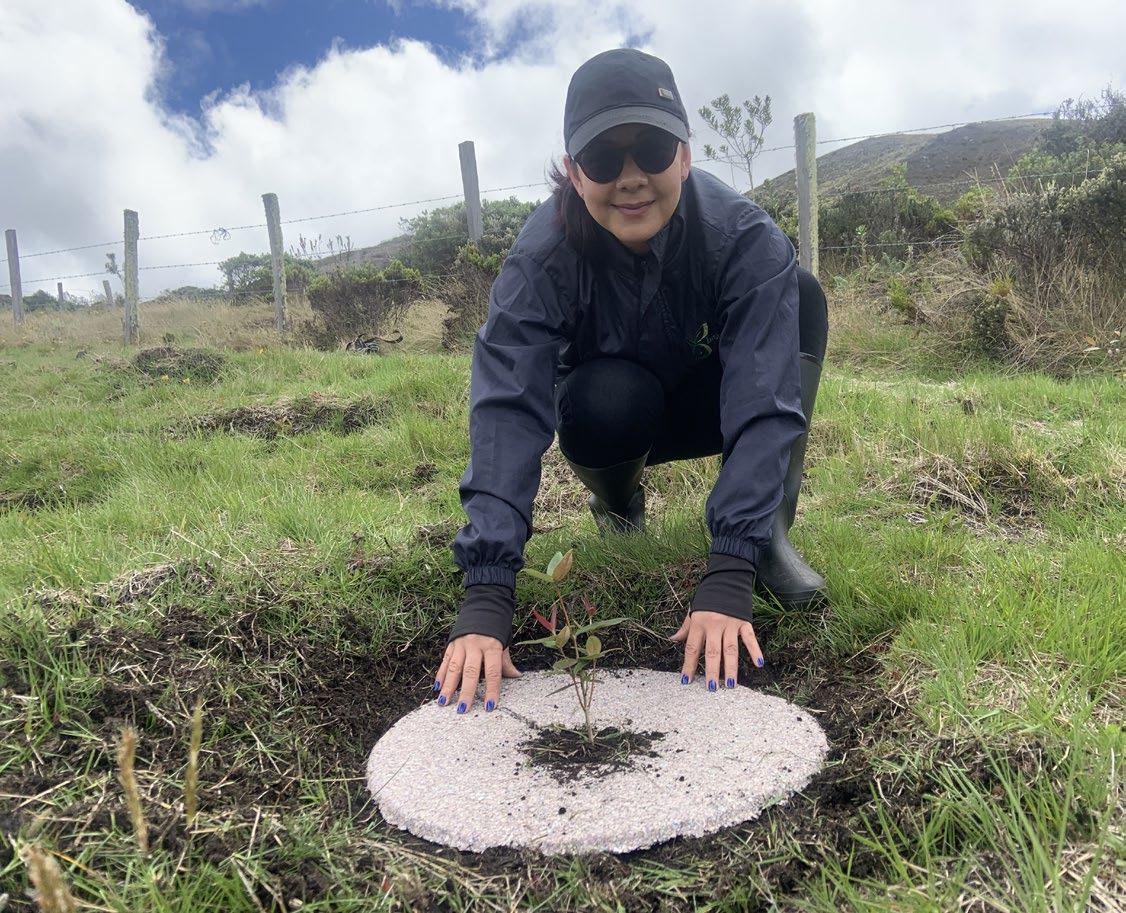
The first step in introducing this type of composting is a laboratory characterisation analysis of the banknotes in circulation and an assessment of the results against the regulatory requirements of the country. The laboratory analysis must also establish the biodegradability of the material. Once the banknotes meet the regulations, an assessment of production options can take place and a trial can be organised.
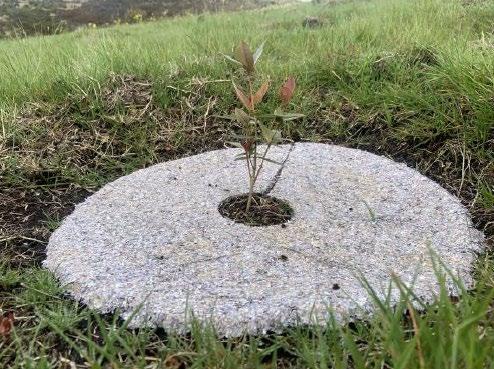
4
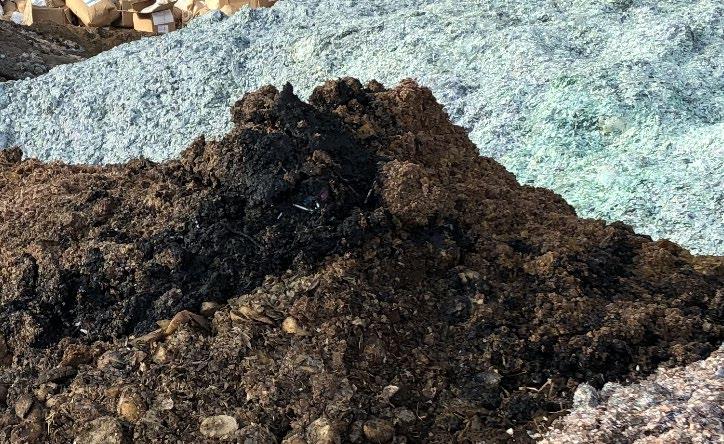
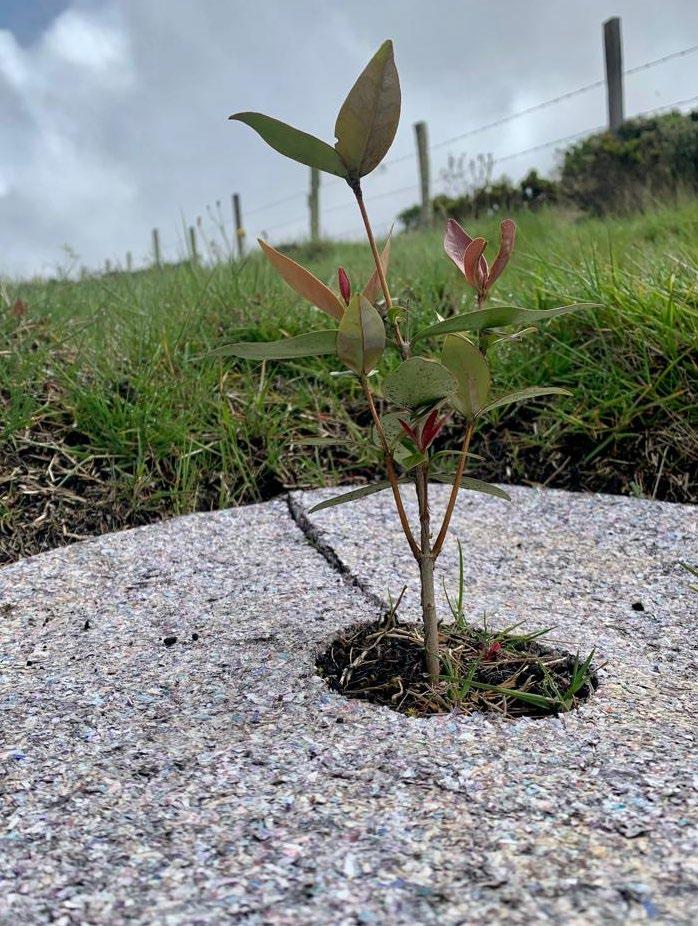
Burning Research carried out into the burning of banknote briquettes for the State Bank of Pakistan found that the gross calorific value of shredded banknote briquettes is 3890 kcal/kg. This value is higher than that of lignite coal (lowest rank of coal due to its relatively low heat content) and comparable to other biomass fuels like wheat straw, rice straw, maize straw and sugarcane bagasse. The ignition time of these briquettes is a few seconds, and the flames take a little while to catch. The highly volatile nature of this fuel is responsible for a good flame height. Higher energy density suggests that these briquettes tend to burn for a longer period (burning time of 1 kg of this fuel is 1 hour and 45 minutes). Emission analysis shows that only the NOx level is in the safe range. However, the amount of SO2 (12500 mg/NM3) is greater than the limits (1700 mg/NM3) set by NEQS (National Environmental Quality Standards). Moreover, the sulphur content of the sample briquette was found to be 0.42%. This value is higher than the limits set by the Austrian and German national standards for fuel pellets and briquettes (sulphur content ≤ 0.08%).” As a result, the State Bank decided to investigate composting as an alternative. Composting In 2021 the Pakistan Security Printing Corporation (PSPC) started a project to explore how to dispose of 1-1.5 tonnes of wastepaper per day through composting. PSPC produces four billion banknotes per year. The project focused on composting a mixture of cow manure, a nitrogen rich organic material, with banknote waste, a carbon rich material. Key concerns were whether the resulting compost would be good quality, what would happen to chemicals in a banknote, and would there be wastewater problems? The three stages of composting were: ■ Low temperature. Mesophilic organisms synthesise proteins at temperatures between 20-45 degrees centigrade. ■ High temperature. High temperatures kill ‘bad’ bacteria, ensuring the compost does not contaminate other materials. The compost pile needs to reach 60 degrees centigrade. ■ Stabilisation phase. In this phase the colour of the pile changes to brown or black and it loses its odour. Manure and cotton were mixed into piles. They needed to be turned to ensure a good oxygen flow. The project explored the ratio of manure to cotton studying three mixes, 50/50, 60/40, 70/30. The project also included using other organic material. The ratio of carbon (cotton) to nitrogen (manure), along with the oxygen flow, were the key controls and affected methane emissions. Temperature, acidity and the physical conditions had to be managed to get consistent and good results and were measured every day for each mix. The manure storage conditions were found to be important. The 50/50 mix gave the best results. The composting took 2-3 months, although initial results were established after two months. Physical and chemical analysis was conducted, the latter in third party laboratories. The National University measured the biological results. The results were tested on plants and in the laboratory. The compost met the quality compost standards and were found to contain no heavy metals. The cotton was found to have added beneficial nutrients to the manure. A detailed scientific paper is in preparation by PSPC describing the techniques and application to plants. PSPC has also trialled disposing of shredded waste of unfit banknotes withdrawn from circulation. Approximately 12.6 tonnes of material need to be disposed of each day. PSPC is confident that its composting approach can be scaled up to accommodate the quantity of material needing disposal, particularly since it has identified ways to automate the turning that oxygenates the piles. It is planning a 3,000 square metre site with seven windrows of material handling two tonnes of manure and two tonnes of banknote material each. The conclusion of PSPC is that composting reduces CO2e emissions. The aerobic process means oxygen is present, so methaneproducing microbes are not active in composting conditions. Turning the compost heap stops the anaerobic process which produces methane. All the carbon is released when material is burnt but this aerobic composting releases 37-40% of the carbon.
